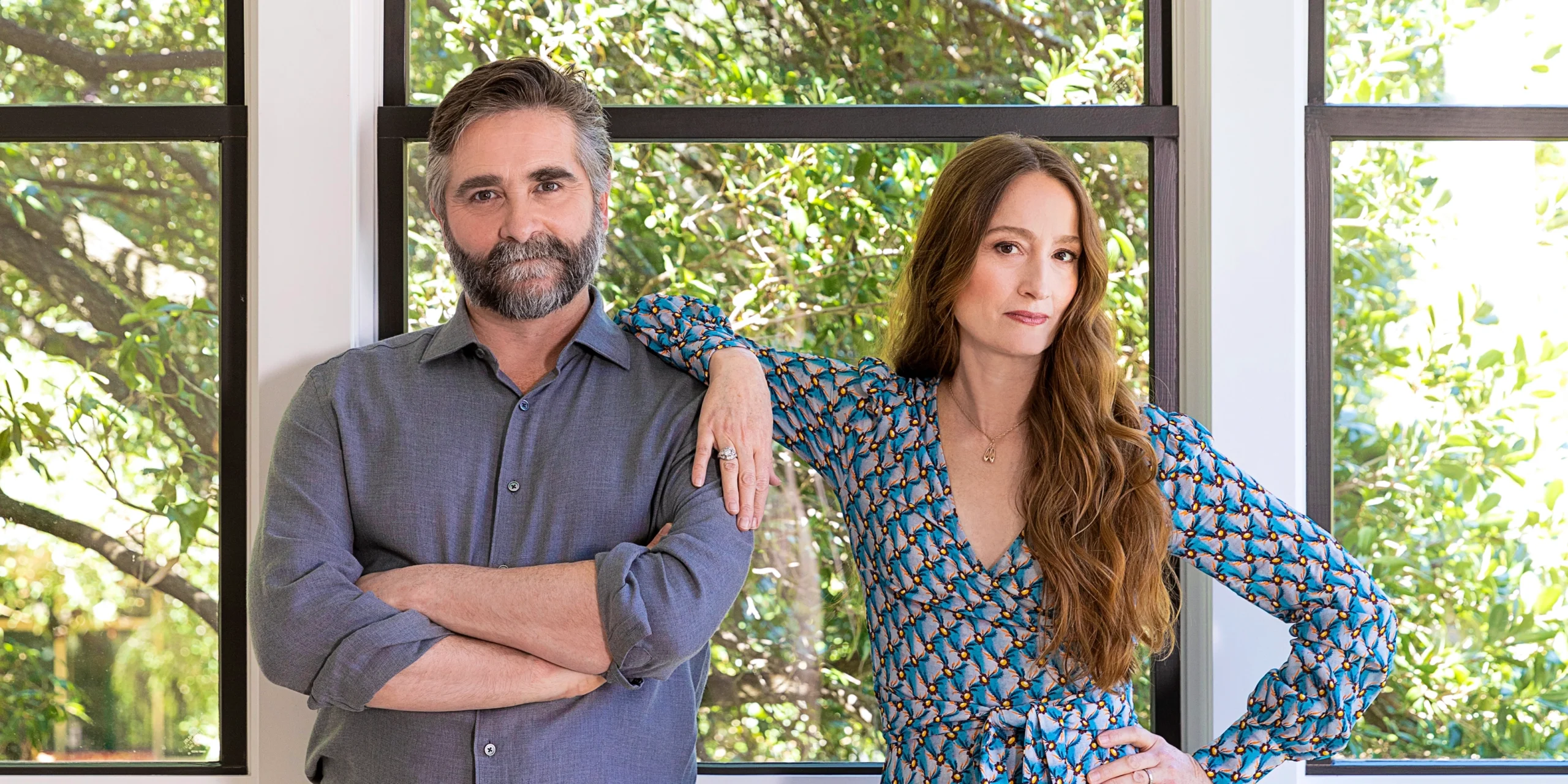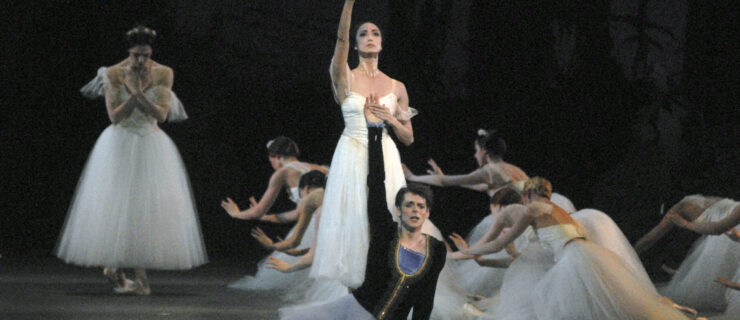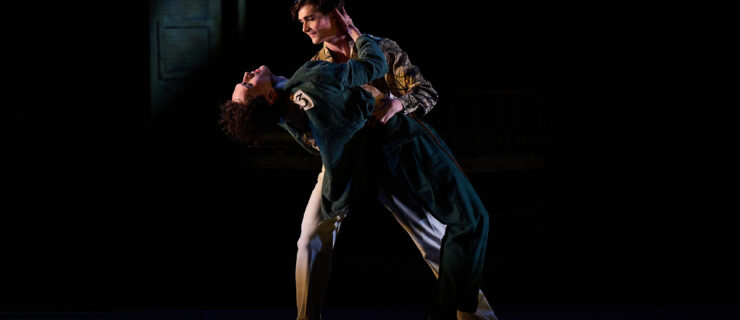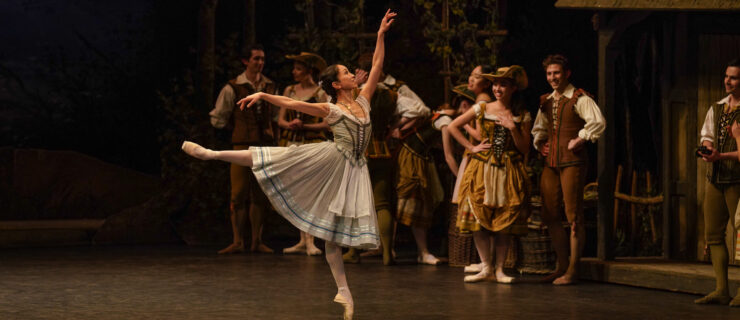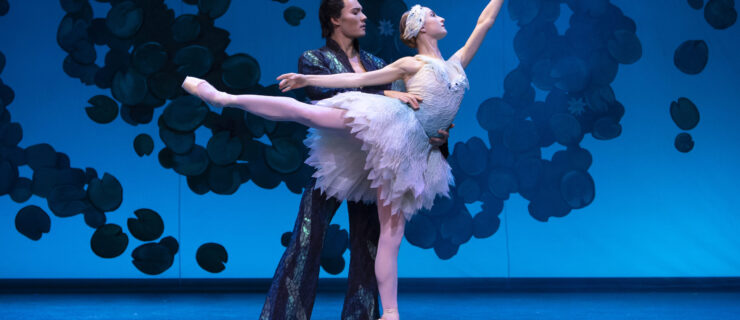Julie Kent and Stanton Welch Talk About Their New Co-Directorship at Houston Ballet
Stanton Welch is celebrating his 20th-anniversary season as artistic director of Houston Ballet. But last year, he decided it was the time to restructure the job. In July, Julie Kent joined Welch as co-director of the company, bringing with her the wealth of experience from her 30-year dance career at American Ballet Theatre and her seven years as artistic director of The Washington Ballet.
Although a co-directorship is an unusual choice for the company today, it’s one the organization tried briefly before, in 1994, when Trinidad Vives served as co-director with Ben Stevenson for one season. (Vives has recently been named acting artistic director of The Washington Ballet.)
Welch and Kent met at ABT in 2001 when he was choreographing Clear on the company. They have remained friends ever since, and now they share leadership at Houston Ballet.
Kent and Welch spoke with Pointe about their unique partnership.
How did this co-directorship come about?
Stanton Welch: During COVID, we were talking quite often through various meetings and artistic-director conversations. And one day I asked her, “Would you like to come to Houston?” Julie laughed and said, “Well, actually, yes.”
And then I thought, How can we make this real? This would be such a great thing for the organization and for the city. And then about nine months after that, I asked again, and Julie very quickly seemed positive and we managed to make it work. I can’t think of a brighter light than Julie. Having her here is such a gift for the dancers and the students.
How is it the right time in each of your careers to take on a co-directorship?
Julie Kent: My career was really long as a performing artist. I was so focused on my life as a dancer that I hadn’t really thought about what was next. And I didn’t think about being an artistic director. But as life unfolds, opportunities are presented. [With The Washington Ballet] I had a moment to define myself beyond being a performing artist. I wanted to be that person who accepts the challenge and be an example to my children. So I found myself at The Washington Ballet for seven years. And I faced the challenges—that was a huge learning opportunity.
I wasn’t really thinking about what was next. Same with ABT, I never thought about leaving. I’m not wired that way; I’m just 100 percent committed. And then Stanton and I reconnected and started having these conversations. Asking one person at the top of a very large organization to be all things to everyone at all times is difficult. But because we’re going to be able to draw on both of our strengths, everybody will get the best of both of us.

SW: I think after Hurricane Harvey, the death of my husband, Mark, COVID, and then the isolation from my family, which lasted for two years, I had to ask myself what is important. And my drive is very much about my family. To have someone who I can talk to and trust feels healthier. It’s good to come out of a meeting and have someone you can look at and go, “What just happened?”
How do you divide up the job?
JK: We’re leaning into our strengths. I am very comfortable going into the studio, giving feedback, and trying to identify the best ways to unlock new potential in the dancers. I’m pretty collaborative by nature.
SW: You are so collaborative. That’s also why our partnership works.
JK: At the end of the day, that’s what I value the most. And when I think about what I miss about my performing career, it’s the people that I was able to connect with so deeply and the stories that we told.
SW: Julie’s ambition is about the art form, not about the power. If your motivation is about the art and about where we need to be, all of us moving without ego in front of it, then that is such an extraordinary skill set as a leader.
Stanton, I imagine that you will have more time to work on your choreography.
SW: Yes, I have the ability to really focus on myself as a choreographer. As we start to move into the next new full-length, which normally is a two- to three-year build-up, it’s been nice to be able to go home and listen to the music and write a synopsis. It gives me the freedom of being like a freelance choreographer.
How would you describe your working relationship?
JK: Stanton always makes space for me. I take longer to speak and I need to get the beginning, middle, and end of what I’m thinking.
SW: I feel like I’m mansplaining sometimes. I need to remind myself to shut up, not always go first. I like not being the only decision-maker. It’s a relief—your shoulders come down significantly, immediately.
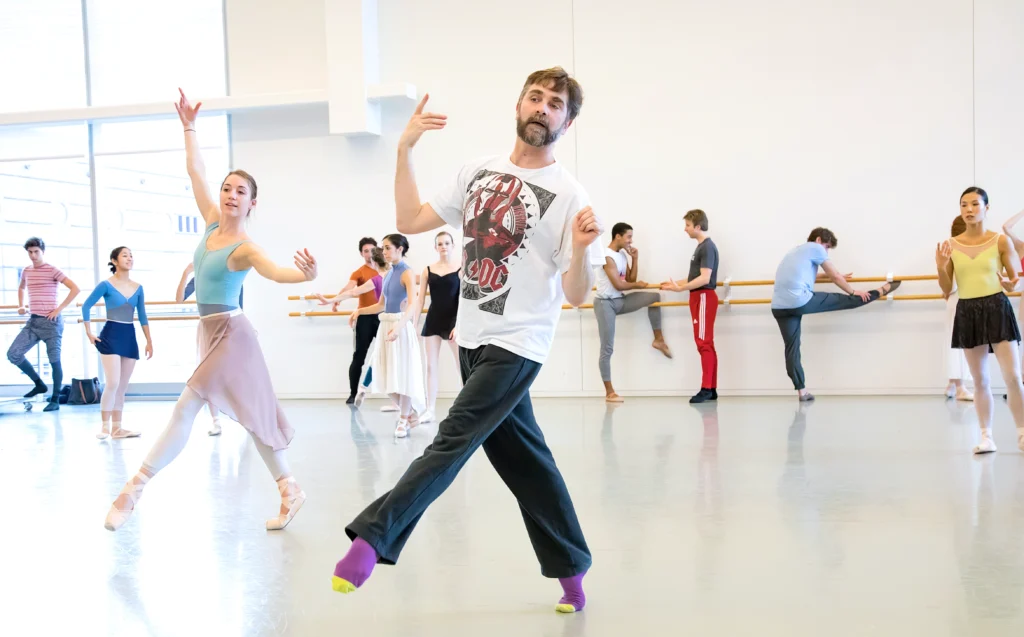
Julie, what wisdom are you excited about sharing with these dancers?
JK: When Stanton asked me what I liked most about being an artistic director, it was being a part of watching and facilitating the development of dancers into artists that they didn’t even know they could become. Sharing, connecting, and hoping each individual really discovers things on their own.
What lessons did you learn from your time in Washington Ballet that you hope to bring here?
JK: The power of “we,” or collective leadership. And, basically, that’s everybody working together for the same goal. Another big thing that I came to understand very intimately is that if you don’t have a healthy organizational culture, no matter what strategy you put in place, it’s not going to be successful.
So much has changed in the arts over the past few years in terms of diversity, equality, and inclusion. How do you perceive Houston Ballet as a forward-thinking organization coping with the rate of change?
SW: It’s like surfing—we need to stay on the board and navigate back to the beach. Everything is still in flux. We need to resettle with a sense of honesty, true motivation, without it being reactionary. One of the things I am most proud of is that Houston Ballet has always been a diverse organization. Do I think we have all the answers as to what’s next? No. We have to stay fluid. If you offend someone, apologize and mean it.
JK: In a sea of so many changes, you have to focus on specifics. Ballet doesn’t belong to one group of people. It’s for everyone, and making sure that is how people feel onstage, offstage, and in the audience is really essential to our work.
What gives you hope for the future of ballet?
JK: If you want to be inspired by the future of ballet, all you have to do is watch young students. They are so talented and hungry, and they love ballet so much.
SW: So many people want to choreograph here, and so many are women. There are more women asking to choreograph than men. That is the future too.
